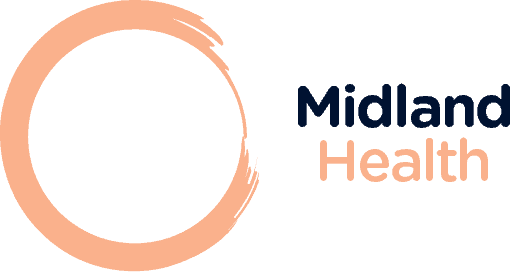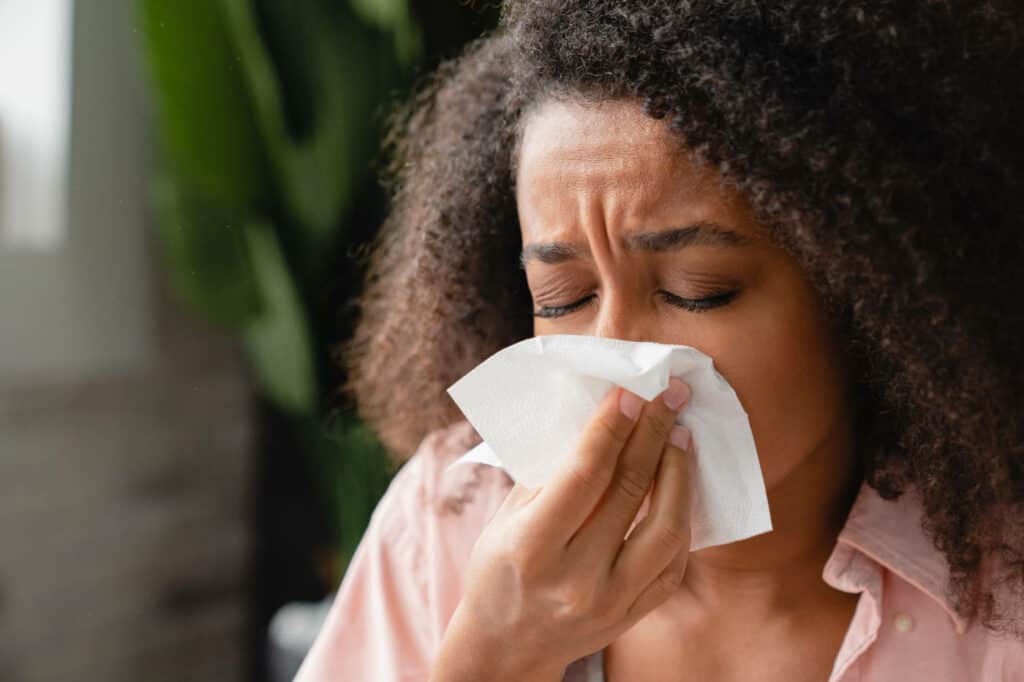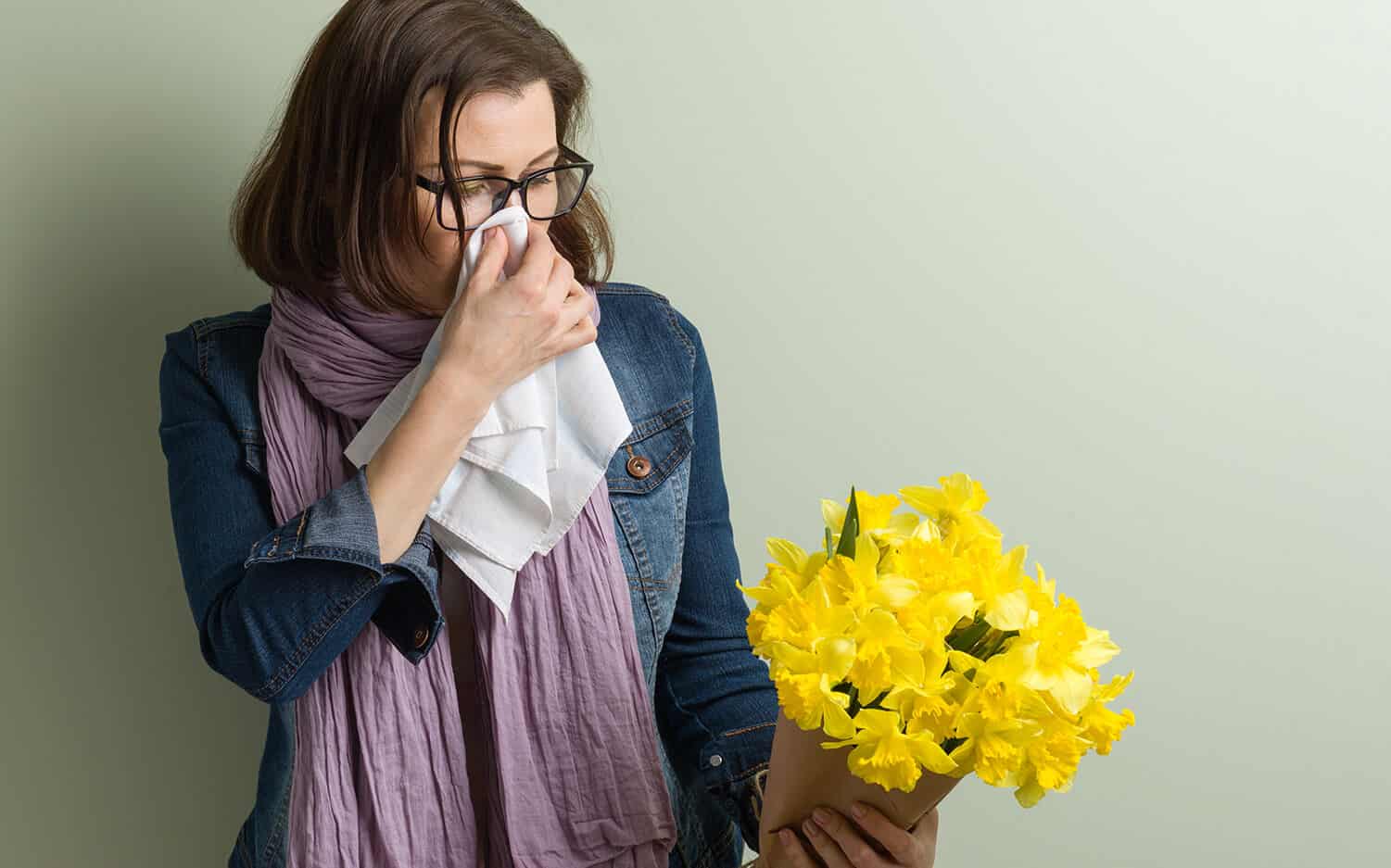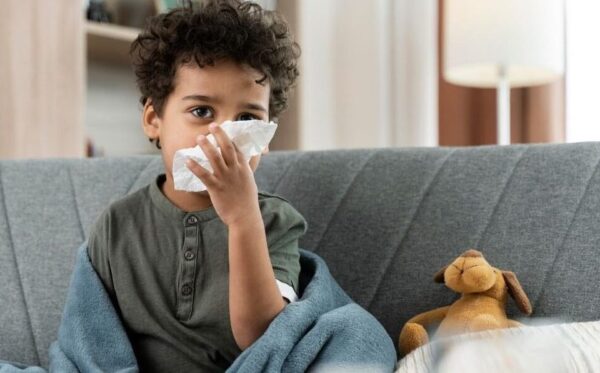Although household remedies and over-the-counter medicines work for most people, more and more people are looking for alternative solutions. As the demand for ‘stronger’ hay fever treatments continues to rise, GPs stress the importance of considering all options before considering prescription-only solutions.
In the past month alone, there has been a 375% increase in searches for treatments like the hay fever injection. What’s more, searches this quarter have more than doubled, increasing by 142% compared to the same period last year.
Dr Rupa Parmar, GP and Director of Midland Health, advises caution: “There is no cure for hay fever, so managing symptoms effectively is key. While some treatments have been touted for reducing symptoms in as little as 48 hours, they are off-license medications that cannot be prescribed without a doctor’s assessment. Only in very rare circumstances can you get an intramuscular steroid injection if your doctor has assessed you and they think it’s appropriate.
“These injections definitely shouldn’t be given by anyone as the dangers include soreness, swelling, increased blood pressure, mood swings, and insomnia. They can also make people susceptible to other bacteria and viruses. Not to mention, many of these treatments are not permanent, only lasting for around three to six months, so new prescriptions are required every allergy season.
“Understandably, the Medicines and Healthcare products Regulatory Agency (MHRA) is making sure that advertising for this off-license drug is regulated. Patients need to be wary of healthcare providers who heavily focus on the benefits of the treatment and are not open about the potential downsides. While hay fever can make day-to-day life challenging, it’s crucial that individuals whose symptoms can be managed through simple lifestyle changes do not risk their health by seeking what they may perceive as a quick fix.
Dr Parmar notes that lesser-known treatments could provide people with the relief they’re looking for:
“It’s a good idea to try other things beforehand, such as light therapy, which is a non-drug alternative that is suitable for children over the age of 5. UV light therapy (Rhinolight) in the nose can be a successful treatment for people with hay fever. It is also non-invasive and pain-free, with fewer side effects.
“Rhinolight therapy is a relatively new treatment that is designed to get to the root cause of symptoms. By using low-level light therapy it reduces inflammation in the nasal passages, helping to relieve common hay fever symptoms, such as congestion, sneezing, and itching.
“Unlike other treatments that involve injections or long-term drug use, this therapy is gentle and pain-free, making it a good option for both children and adults. The procedure is pretty quick, with just a few sessions needed to achieve noticeable relief.
“Plus, it directly targets the mucus, suppressing the inflammatory response caused by allergens. This stops the body’s overactive reaction to pollen and reduces the production of antibodies, significantly reducing symptoms.”



